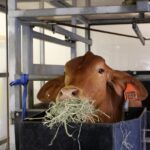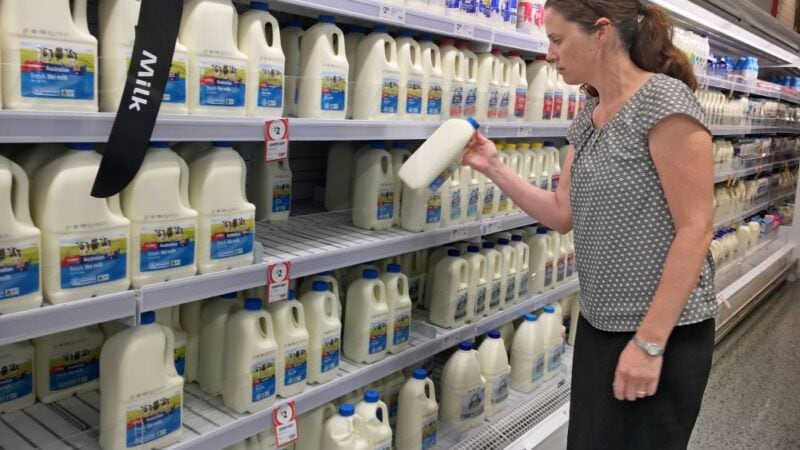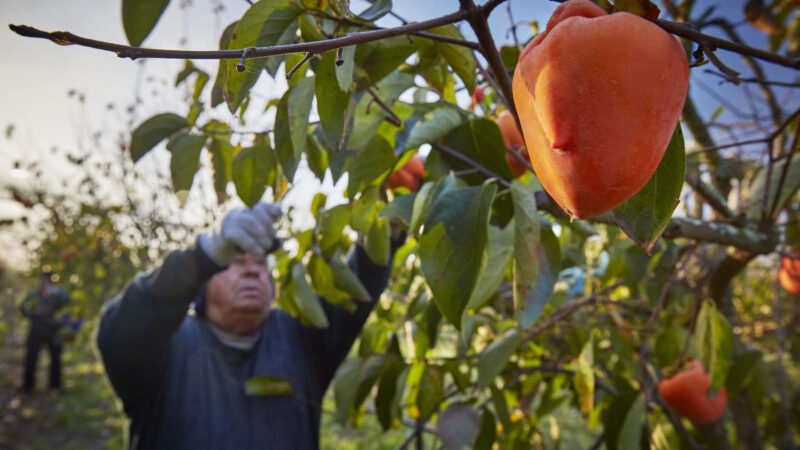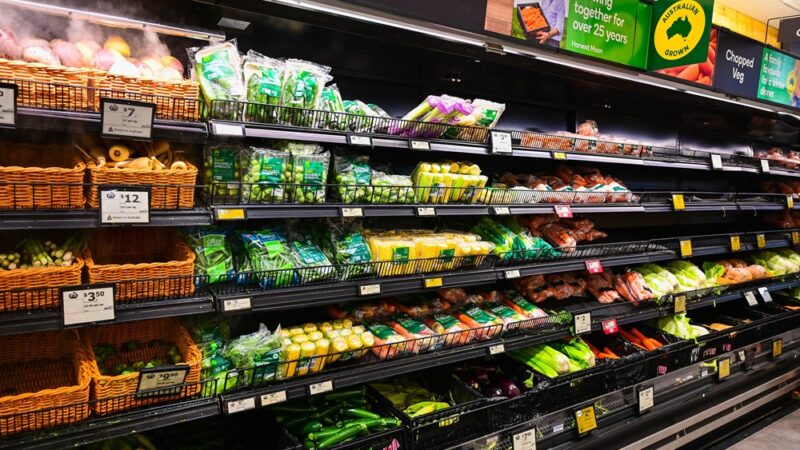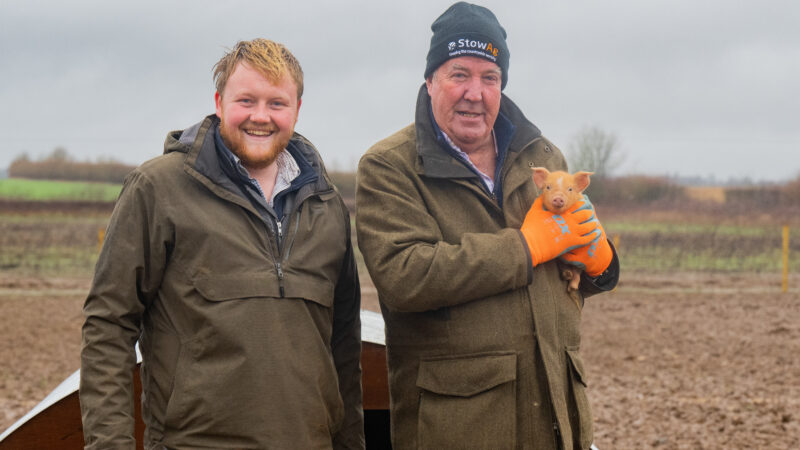Future Food System's multi-criteria mapping and scenario tools will help stakeholders design a sustainable future…
$73 billion food and fibre bounty
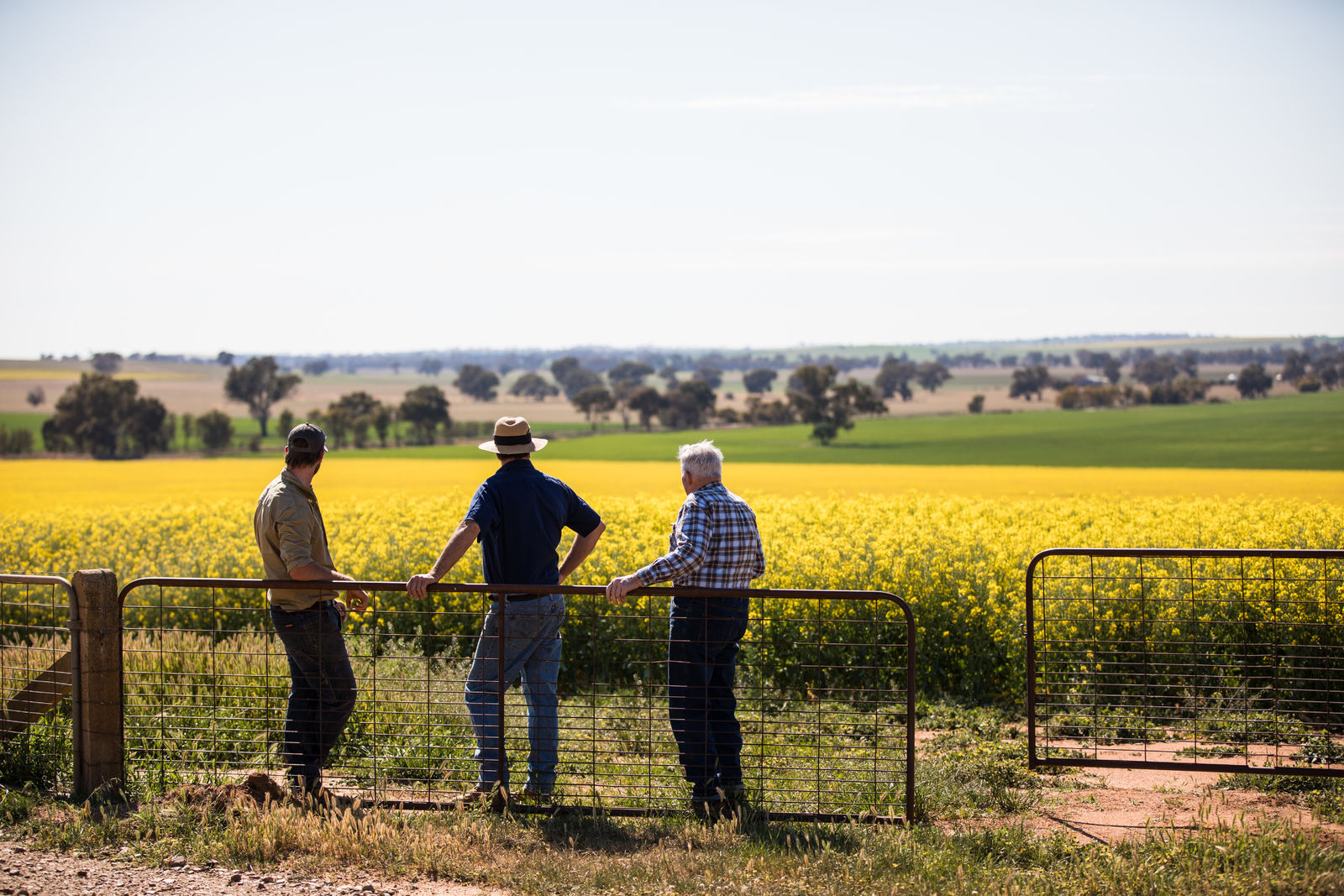
The farming holy grail of having good seasonal conditions and high prices at the same time has christened a record-breaking year in 2021-22 for local food and fibre production.
The Australian Bureau of Agricultural and Resource Economics and Sciences (ABARES) has predicted the agriculture industry will grow a mammoth $73 billion worth of produce this financial year.
A bumper winter grain crop is the pillar of the forecast with this year�s harvest set to contribute $30 billion alone to total farm gate returns.
ABARES Executive Director Dr Jared Greenville said if the forecast in the Agricultural Commodities: September Quarter report proves to be accurate, then it will be the first time the agriculture sector has been valued at over $70 billion.
�The forecast for next year is due to a combination of factors, all tumbling neatly into place,� Dr Greenville explained.
�The value of crop production is set to rise by 7 per cent to $39.5 billion because of another near-record winter crop harvest, combined with strong global prices for grain, sugar and cotton.”
ABARES Executive Director Dr Jared Greenville
�While there are risks related to mice, labour availability and continued uncertainties due to COVID-19, we are expecting national production to remain robust.�
�The international market is also tipped in our favour, as poor harvests in North America and Europe are pushing up the price of grain.�
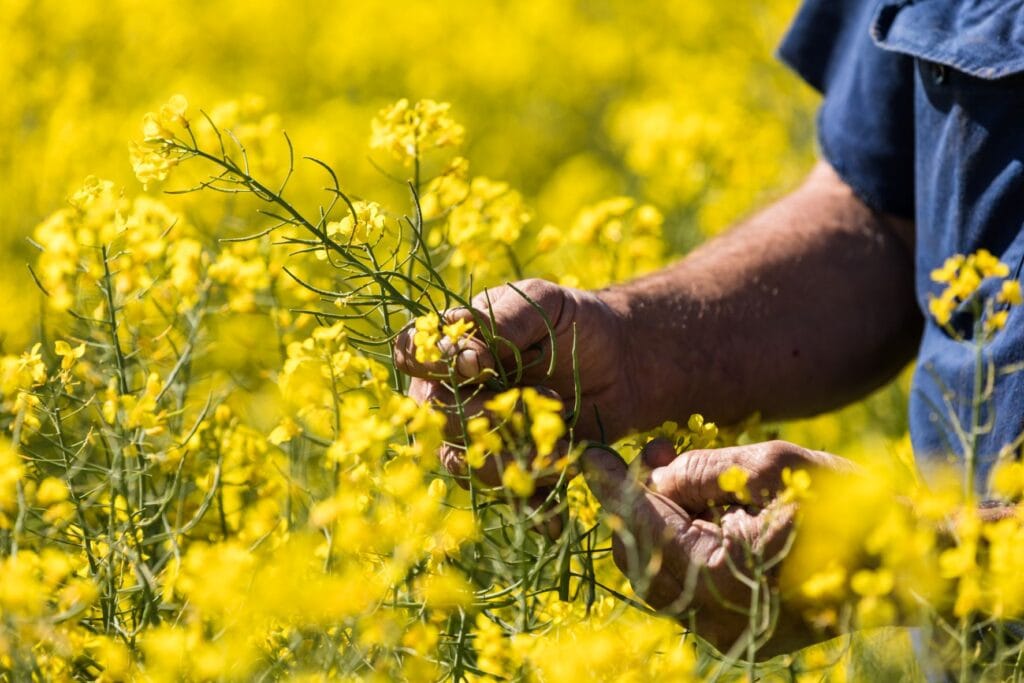
Australian canola export value is predicted to increase 31% to $3.3 billion in 2021�22, reaching record levels.
ABARES forecasts that these crops will also be the biggest contributors to growth in exports, with $30 billion worth of sales in a total export market predicted to reap $55 billion.
The value of livestock production is also tipped to rise to $33.5 billion, an increase of 8 per cent.
�A good year means optimism at the saleyards, and many of our farmers are enjoying their second good year in a row. This has translated to record prices for young cattle as farmers look to restock.�
Australian fruit and vegetables will also contribute more than their fair share adding $12 billion to ABARES� forecast $73 billion total.
ABARES expects a global economic recovery to keep wool prices strong and the high cost of livestock feed in China to drive up demand for Australian dairy products.
Only $27 billion to go
Australian agriculture is edging closer to the National Farmers Federation�s goal of $100-billion-by-2030 in local food and fibre production.
NFF President Fiona Simson said the good result was about more than good luck and rainfall.
�Australian farmers are the most innovative in the world, committed to continuous improvement and to finding new ways to grow smarter, more efficiently and more sustainably,�
National Farmers Federation President Fiona Simson
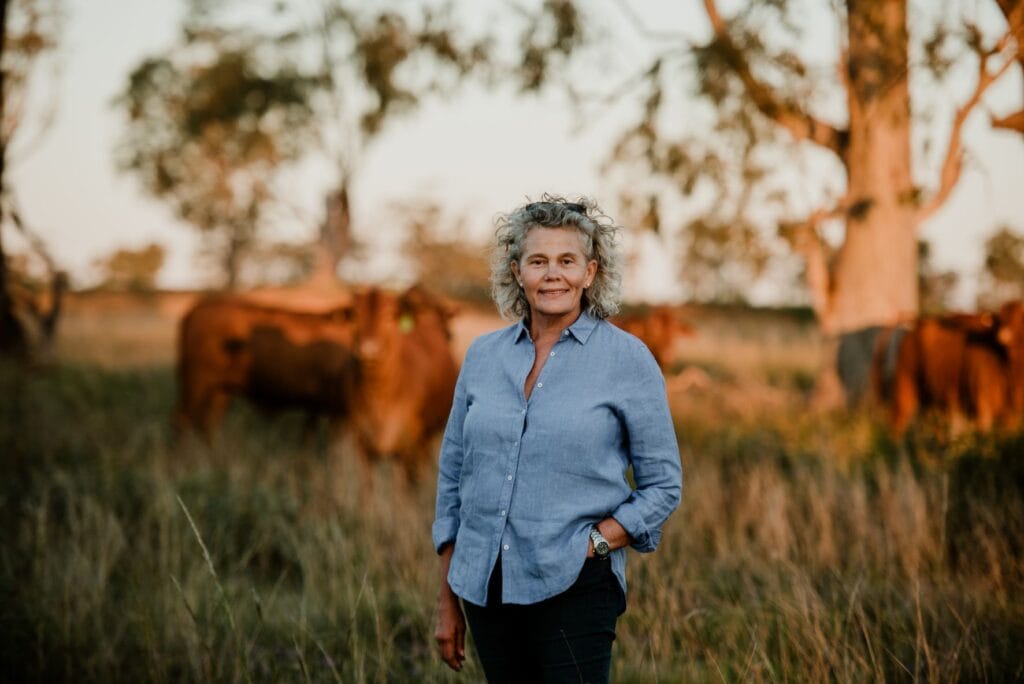
�The NFF�s 2030 Roadmap outlines the plans needed to lift agriculture to a $100 billion industry. Progress on key areas within the plan has already been achieved.�
�Last month, the Government answered NFF�s call for a dedicated Agriculture Visa as part of the solution to farmers� workforce woes.�
�The NFF is working closely with the Government to establish a framework that rewards farmers for their role in managing more than 51% of Australia�s landscape.�
�Earlier this year, the farm sector welcomed $400 million in Federal Government funding for an expanded and modernised biosecurity system to maintain and grow international market access and to protect our industry from introduced pests and diseases,� Ms Simson said.
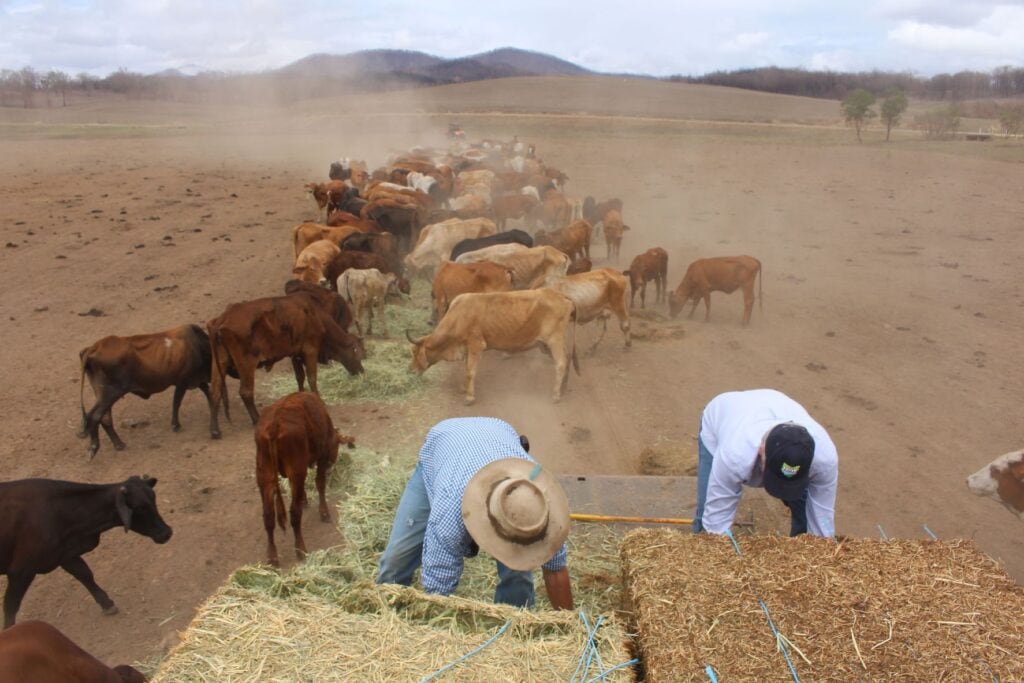
What food and fibre challenges lay ahead?
The latest ABARES report highlights the limited availability of seasonal harvest labour as a key challenge for Australian agricultural businesses, particularly horticultural businesses.
Australian consumers are likely to see higher fruit and vegetable prices than would otherwise be the case in 2021�22 as a result, with fruit and vegetable growers facing higher labour costs.
�The free movement of available harvest labourers within and between key growing regions, including across state borders, will remain critical in coming months,� The report states.
The report identifies the speed of COVID-19 vaccine distribution, especially in emerging and developing economies, is the key downside risk to food and fibre prices.
�Continued outbreaks increase the risk of further virus variants, which could be more resistant to vaccines, more infectious, or more likely to cause death or serious illness. This would slow the recovery in travel and discretionary spending, and lead to reduced prices for agricultural products.�
High international freight costs and the availability of shipping containers will also present challenges, particularly for exporters of cotton, pulse and horticultural goods.
Mice were also singled out as the principle pest threat to a bumper grain crop.
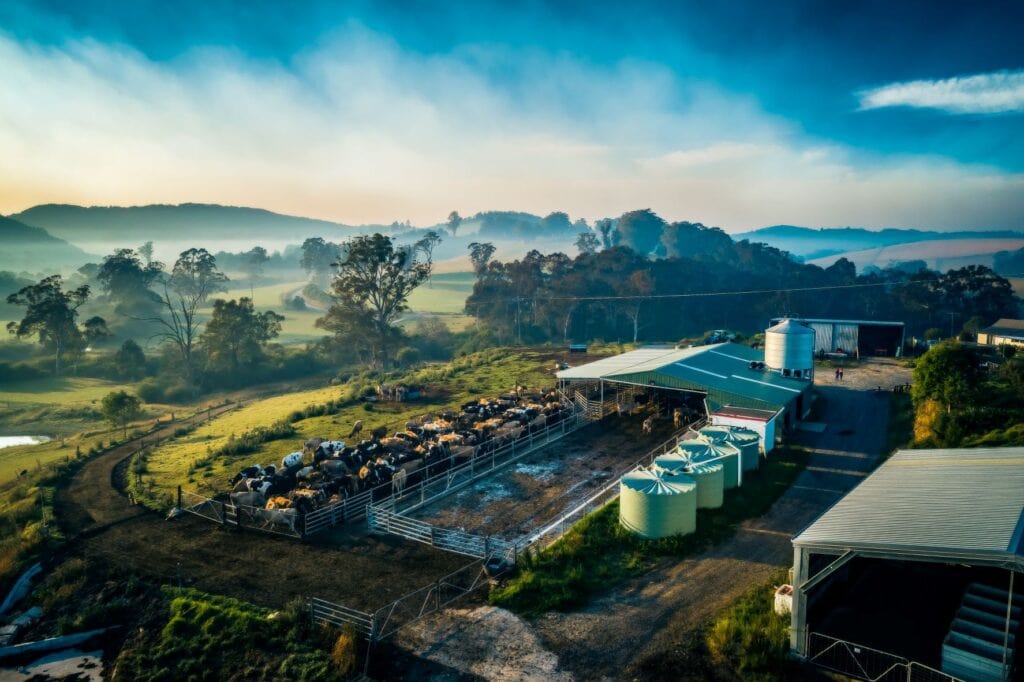
On the export side, ABARES confirmed the loss of Australia’s most valuable market, China, for wine and barley due to political tensions was still having an effect on returns.
“While agricultural exporters are proving adept at diversifying into new markets or taking advantages of changes in trade flows, this does come with transition costs and lower prices as has been seen for barley,” Dr Greenville said.
He estimated the price of Australian barley had dropped by as much as 20 per cent since China introduced tariffs in May 2020.
According to ABARES, the value of wine exports will fall an extra 12 per cent in 2021-22 also due to tariffs imposed by China.
The Agricultural Commodities: September Quarter report can be found at www.agriculture.gov.au/abares/research-topics/agricultural-outlook.
What role will Genetically Modified (GM) crops have to play in reaching agricultural output of $100 billion by 2030? Find out more here




